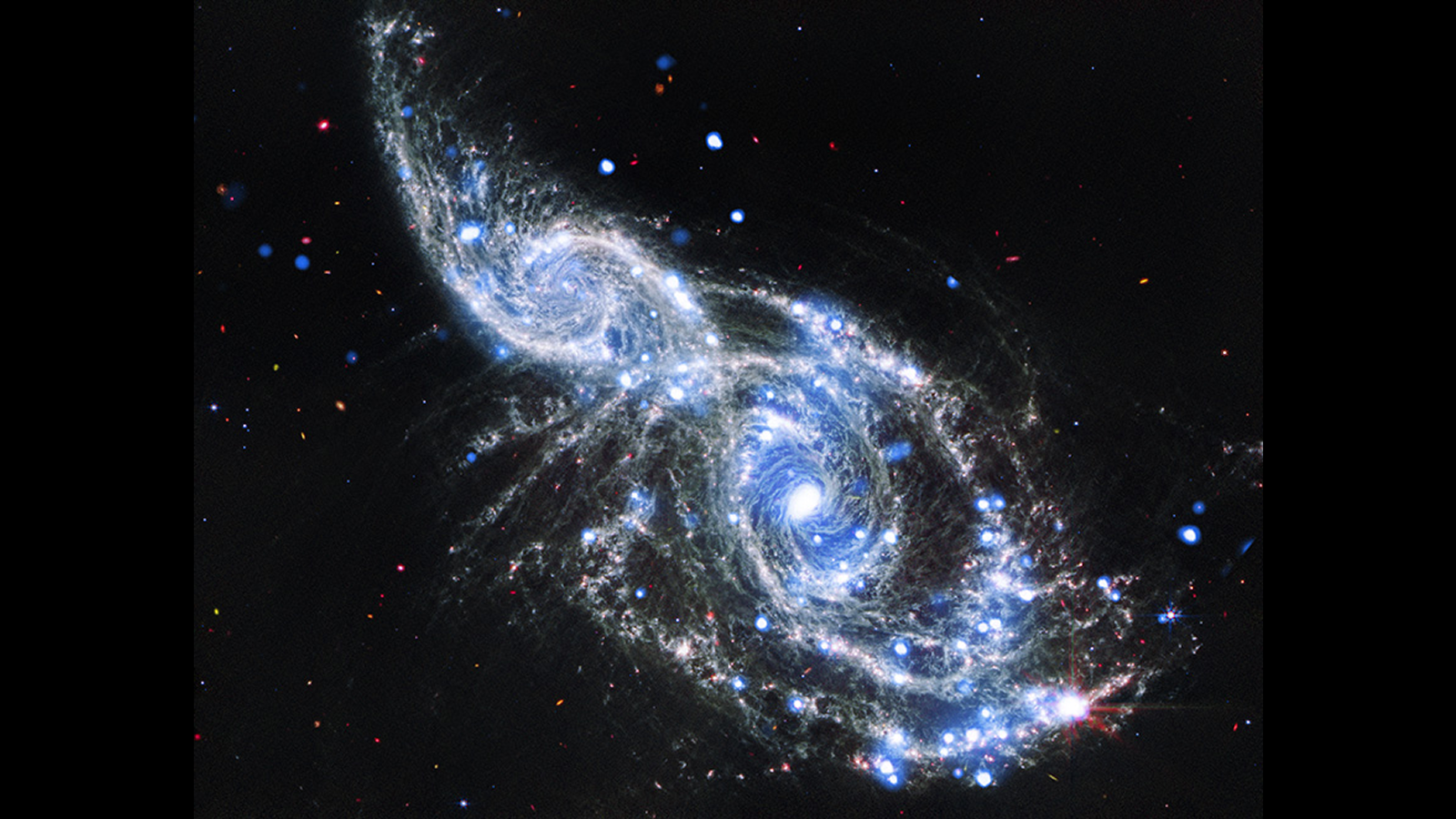In Photos: Nobel Prize Winners 2012
Nobel Foundation

Every year since 1901, Nobel Foundation in Stockholm, Sweden, has awarded Nobel Prizes for achievements in physics, chemistry, physiology or medicine, literature and for peace. In 1968, Sveriges Riksbank established The Sveriges Riksbank Prize in Economic Sciences in Memory of Alfred Nobel, founder of the Nobel Prize. Each prize consists of a medal, personal diploma, and a cash award.
Nobel Prize in Medicine
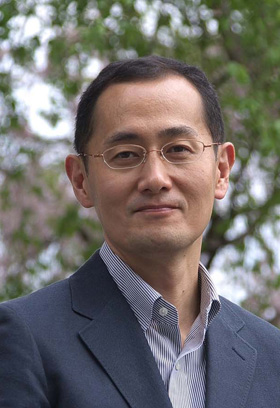
Then in 2006, Shinya Yamanaka, born in 1962, took Gurdon's work a step further. While at Kyoto University, Yamanaka genetically reprogrammed mature skin cells in mice to become immature cells able to become any cell in the adult mice, which he named induced pluripotent stem cells (iPS). Scientists can now derive such induced pluripotent stem cells from adult nerve, heart and liver cells, allowing new ways to study diseases. When Yamanaka received the call from Stockholm about his award, he was doing housework, according to an interview with the Nobel Prize website. "It is a tremendous honor to me," Yamanaka said during that interview.
Turning back the clock on cells...
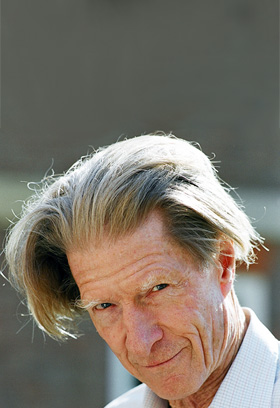
Sir John B. Gurdon, born in 1933, won the Nobel in Physiology or Medicine jointly with Shinya Yamanaka. The duo's work revealed what scientists had thought impossible: the developmental clock could be turned back in mature cells, transforming them into immature cells with the ability to become any tissue in the body — pluripotent stem cells.
In his work, Gurden in 1962 reported he had replaced the nucleus of a frog's egg cell with the nucleus taken from a mature intestinal cell from a tadpole. And voila, the altered frog egg developed into a tadpole, suggesting the mature nucleus held the instructions needed to become all cells in the frog, as if it were a young unspecialized cell.
Nobel in Physics
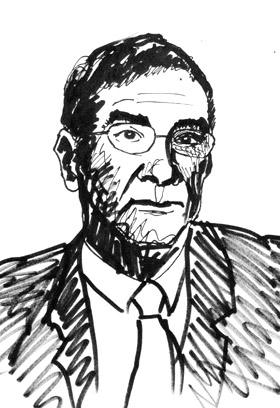
French physicist Serge Haroche and American physicist David Wineland shared the 2012 Nobel physics prize for their work on quantum optics. Haroche is a physicist at Collège de France and Ecole Normale Supérieure in Paris. He developed a technique to capture individual particles of light, called photons, by bouncing them back and forth between mirrors.
"They have been able to detect photons without destroying them. This is very hard to do," one of the Nobel Prize committee announcers said.
Nobel in Physics
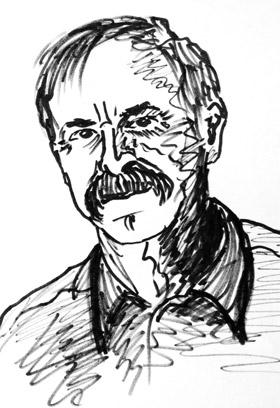
David Wineland, based at the National Institute of Standards and Technology (NIST) and the University of Colorado-Boulder, pioneered a method to probe charged atoms (ions) with laser photons. "David Wineland has achieved extraordinary control over the states of an ion," another Nobel committee member said.
His discoveries have led to the development of one of the most precise clocks ever made, and could mark the first steps toward building a quantum computer, which would use tiny quantum systems to make calculations much quicker than normal computers.
David J. Wineland
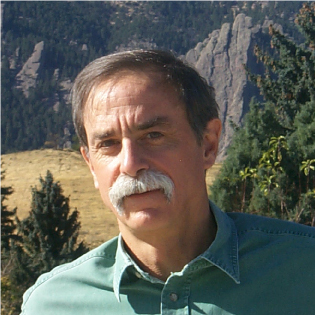
David J. Wineland, a physicist at the National Institute of Standards and Technology (NIST) and the University of Colorado-Boulder, won the 2012 Nobel Prize in physics along with French physicist Serge Haroche.
Serge Haroche
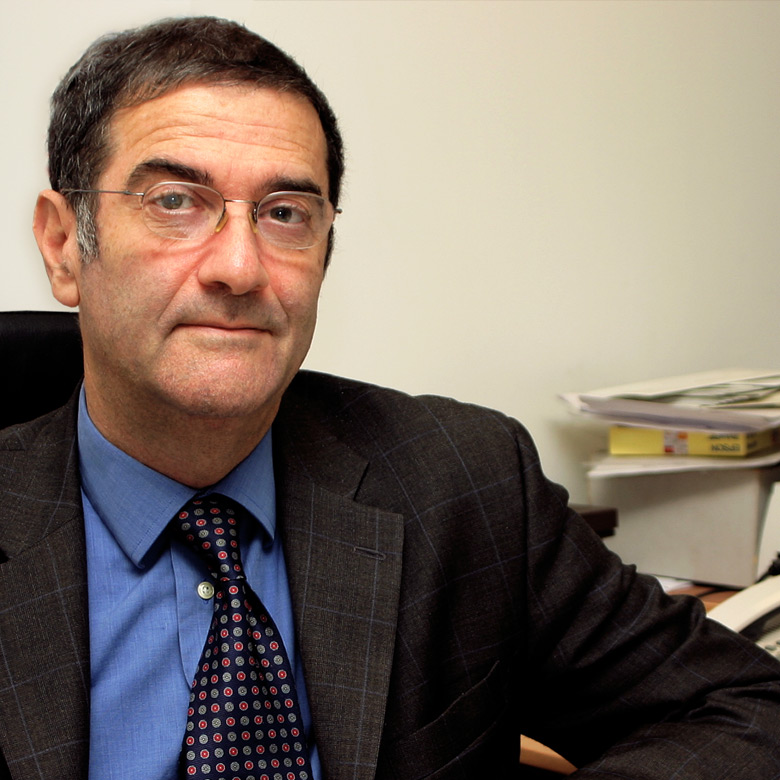
Serge Haroche, of the Collège de France and Ecole Normale Supérieure in Paris, won the 2012 Nobel Prize in physics, with David J. Wineland.
Get the world’s most fascinating discoveries delivered straight to your inbox.
Nobel in Chemistry
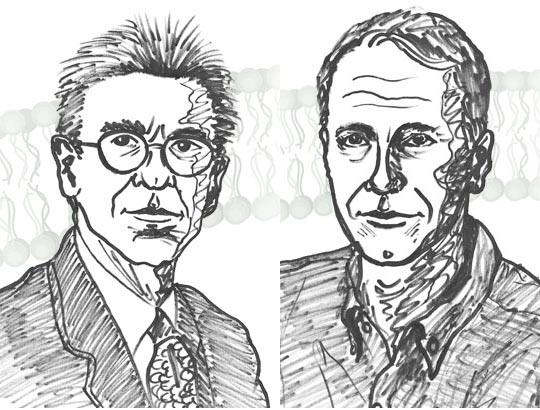
Robert Lefkowitz (left) and Brian Kobilka (right) have won the 2012 Nobel Prize in Chemistry for their work on G-coupled-protein receptors.



